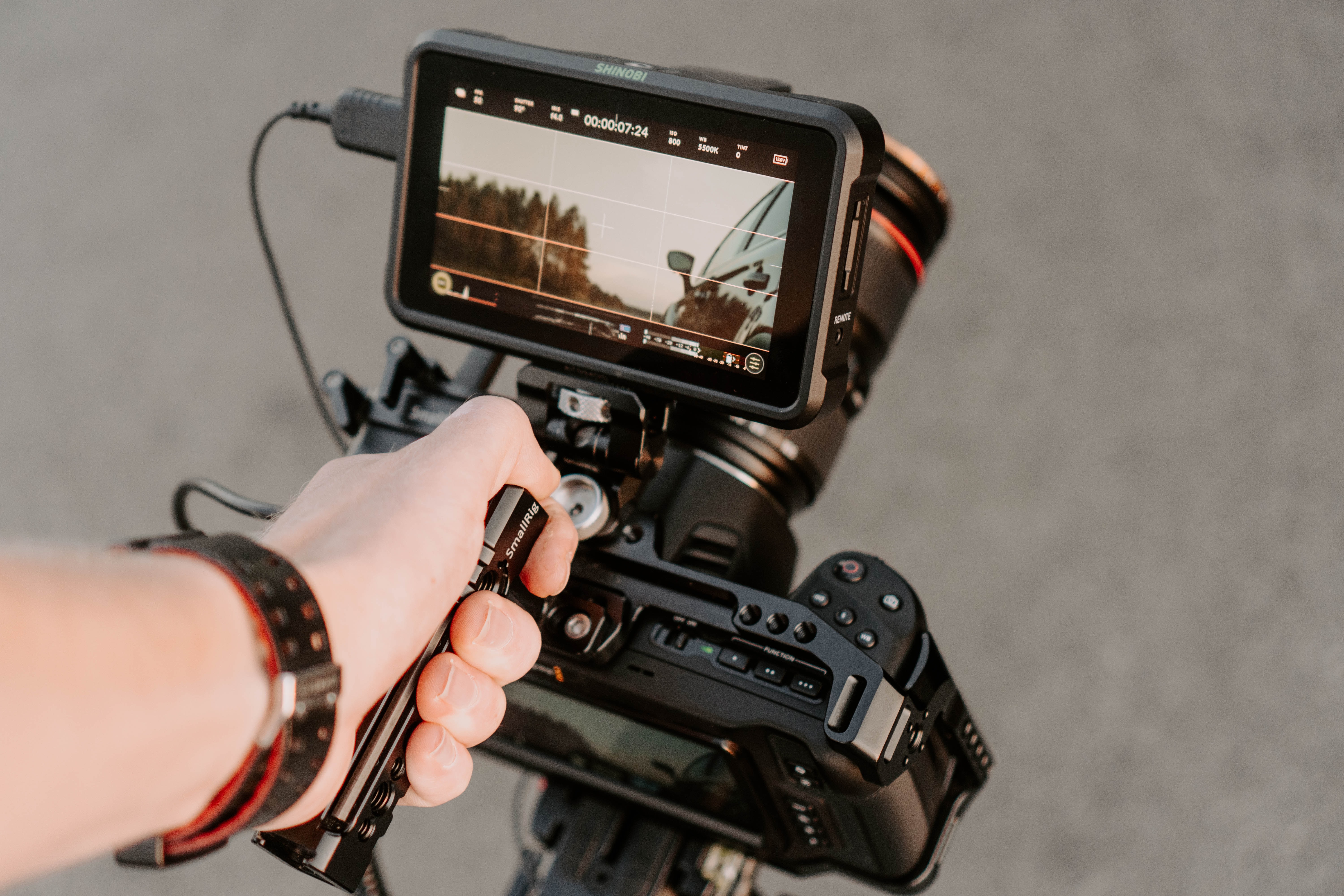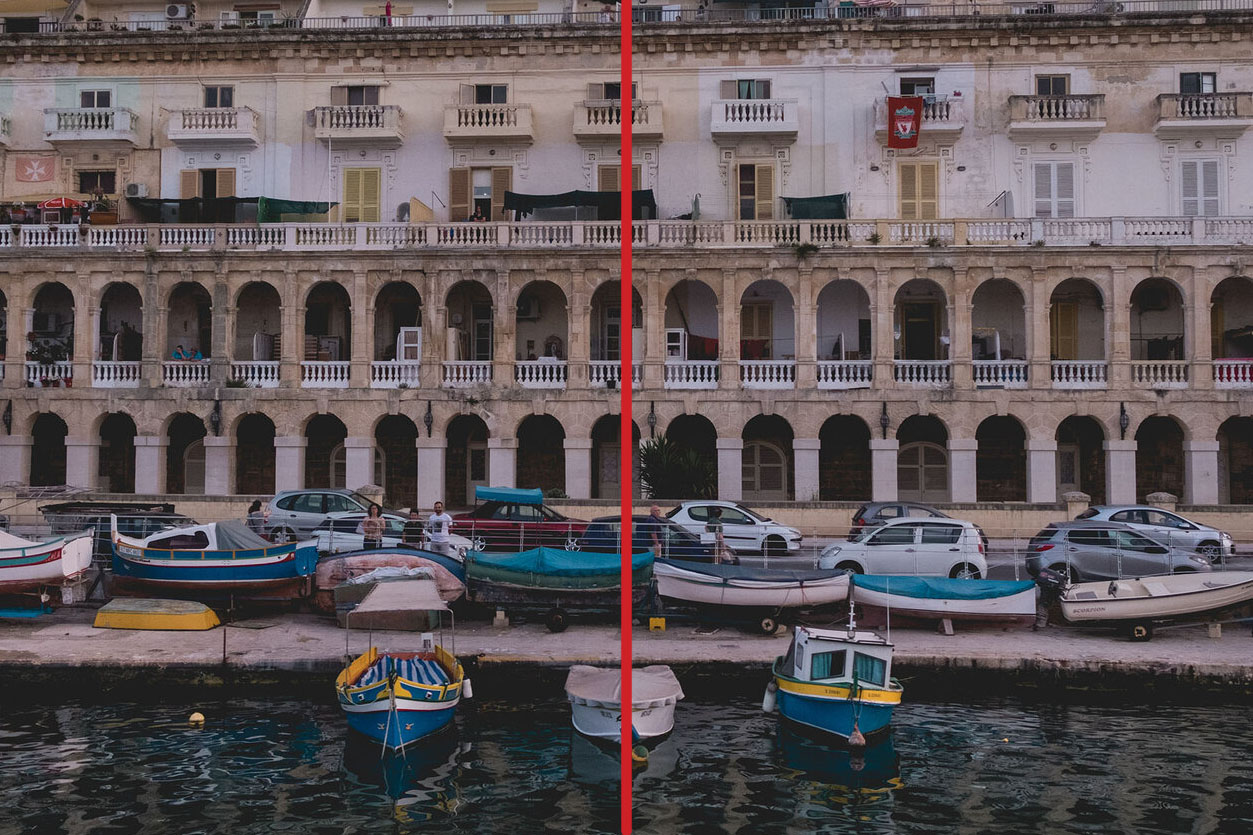Composition in filmmaking – a guide to popular techniques
Understanding composition in filmmaking and putting it into practice will elevate your films and engage your viewers

Understanding composition in filmmaking and putting it into practice is what will set your videos apart. A well thought-out shot quite often speaks louder than words and can help convey a message or emotion. Some of the most memorable scenes in cinema aren’t remembered because of what someone said or did, but how they were filmed.
It doesn't matter whether you're shooting on a cinema camera like the Canon EOS C70 or using the Cinematic mode on the iPhone 13 Pro Max; if you’re shooting a music video, a promotional campaign, an ad or a documentary, you’ll need to think carefully about how you want the end result to look. While the best camera for video will ensure that your footage looks professional, it's down to you as the videographer to be creative with how you shoot your project.
• Read more: The best filmmaking cameras
Take the “Here’s Johnny” scene from The Shining. Of course, everyone knows the scene because of the famous line, but it’s so well remembered because the shot itself is so striking. Had Stanley Kubrick positioned Jack Nicholson off to the left and used an extremely wide shot to capture the scene, it probably wouldn’t have had the same, terrifying impact. The symmetry and close-up shot of Jack hacking this way through the door helped to convey his sinister turn and drew the viewer’s attention to the action.
Any good video will have a mix of composition styles and types of shots. This guide will help you to start thinking about how to compose a scene and show some common techniques that you'll recognize from your favorite movies.
There are three main composition styles used in filmmaking, and you have probably come across them all without even realizing it has been a director’s decision to film it in such a way. Each has its own place in filmmaking and you should experiment with all three…
Rule of thirds
The rule of thirds is an effective way of framing your scene to make it more visually appealing by dividing an image using two horizontal and two vertical lines. When the most important parts of your image appear at the intersections, your eyes are drawn to them and the framing looks more natural.
The best camera deals, reviews, product advice, and unmissable photography news, direct to your inbox!
This technique is one of the most commonly used in filmmaking and is featured in everything from Harry Potter to Mission Impossible. Incorporating this technique will make your shots more interesting and dynamic. It doesn’t matter if you’re just starting out in video or have experience within the medium, it’s never too late to put this into practice.
Symmetry and one-point perspective
Symmetry may seem like an easy composition technique to use, but getting it right can be pretty tricky. Directors such as Wes Anderson, Paul Thomas Anderson and Stanley Kubrick have used this technique in their films to elicit a psychological reaction, tell a story or give context to a scene. The reason it’s so hard to do well is that there’s a chance it can cause visual disturbances in a scene, rather than deliver complex meanings and provoking an emotional response from the viewer.
Symmetry and one-point perspective are two composition techniques that can overlap, but in practice they are different. Symmetry in film isn’t always perfectly identical, but it's similar enough that the scene conveys a sense of unity. With one-point perspective, a camera is placed directly opposite the position of the horizon line and vanishing point so that your eyes are drawn into the center of the screen.
Leading lines
This composition is technique is used to draw the viewer's eyes to a particular point within a scene. Sometimes you can see actual lines that lead your eyes to the focal point, such as the edge of buildings or road markings. However, sometimes the leading lines are created by more subtle factors such as light, shadow or even a body part. Leading lines help connect a character to a situation, object, or another person, and can be a powerful tool for directing the viewer's focus.
Once you start looking for them you'll see scenes with leading lines everywhere. The Dark Knight uses them a lot during the scene where Batman is chasing the Joker through tunnels on his Batpod. and a mix of leading lines and symmetry is used when the Joker and Batman meet in the streets of Gotham.
Experiment with different ways you can use leading lines to encourage the viewer's gaze to a certain point on screen, as it will emphasize what is most important or where the scene will travel to next.
Of course, rules are meant to be broken and let’s be honest they’re not really rules, more like guidelines. That being said, it’s a good idea to familiarize yourself with the basics before you start experimenting. Keeping these practices in the back of your mind will ensure you’re always thinking about how the end result will look. There’s nothing worse than getting to the end of a day of shooting and realizing you’re not happy with your footage.
Read more:
Best cine lenses
Best anamorphic lenses
Best camcorders
Best 8K cameras
Best video editing software
Best laptops for video editing

Having studied Journalism and Public Relations at the University of the West of England Hannah developed a love for photography through a module on photojournalism. She specializes in Portrait, Fashion and lifestyle photography but has more recently branched out in the world of stylized product photography. Hannah spent three years working at Wex Photo Video as a Senior Sales Assistant, using her experience and knowledge of cameras to help people buy the equipment that is right for them. With eight years experience working with studio lighting, Hannah has run many successful workshops teaching people how to use different lighting setups.



